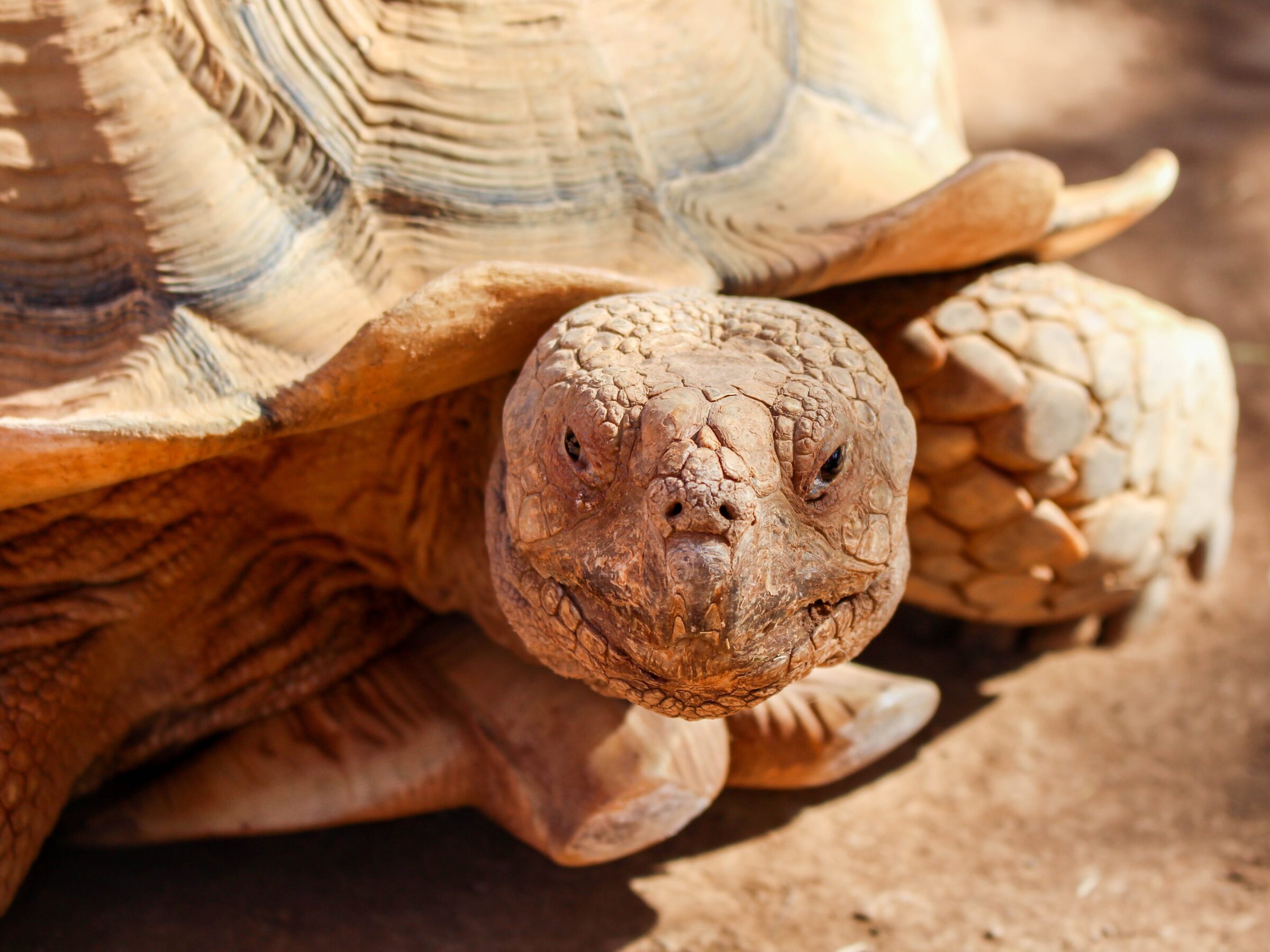This web page was produced as an assignment for an undergraduate course at Davidson College.
Correlation between cytosine-phosphate-guanine density at 42 promoter regions and lifespan in vertebrates was used to generate a model that can predict the lifespan of vertebrates based solely on a small number of genetic features.
Maximum lifespan is a commonly reported but very difficult to define biological statistic that differs greatly among species. Since age regulates many of the fundamental aspects of an animal life cycle and demography, lifespan is also a very important statistic as it is crucial for the prediction of extinction risks, the evaluation of biosecurity risks, and even the estimation of a sustainably yield for harvested animals. Current techniques for predicting maximum lifespan in animals using data from captive animals or wild animals in exceptional circumstances can be significantly skewed due to the fact that these samples are not representative of the species as a whole. With this in mind, experimenters set out to generate a model for lifespan prediction based solely on genomic data.
Ageing has been associated with epigenetic changes to an organisms DNA involving the methylation of DNA. The most common targets for DNA methylation are sites in the genome with high proportions of cytosine and guanosine bases, which are known as CpG sites. The methylation of these CpG sites can potentially regulate gene expression without altering the actual DNA sequence itself (Mayne et al. 2019). Additional studies have demonstrated that CpG sites in gene promoters are correlated with lifespan in mammals. A study by McLain and Faulk identified 1,079 individual promoters where increasing CpG density correlated positively with lifespan (McLain and Faulk 2018). In this study, these observations were extended to produce a model for predicting lifespan in all vertebrates based on CpG density.
In order to generate this predictive model, experimenters compiled data from 252 species from five vertebrate classes. In order to be included in the study, the species had to have a reference genome available in NCBI, a known maximum lifespan in the AnAge database, as well as evolutionary divergence times from the TimeTree database. The species accounted for a wide variety of lifespans ranging from approximately 1 year to 205 years (Mayne et al. 2019).
In the final model for lifespan prediction, 42 different promoters were used to predict lifespan. Using an independent set of samples, the experimenters determined the relative accuracy of their model and determined that the model was efficient at predicting lifespan based on the regression coefficient generated of 0.76 which means that the model explains approximately 76% of the variability of the response data around its mean (Mayne et al. 2019). The experimenters noted that multiple slopes of regression may exist for specific classes of vertebrates, and that other models could be produced that would be better tailored for a specific class or taxonomy. It was also stated that the prediction model generated in this stated was not effective in predicting lifespan for non-vertebrate species meaning that another model is necessary for the lifespan prediction of these species.
One important application of this model is in the prediction of extinct animal lifespans. The model was used to predict the lifespan of two members of the Elephantidae family and their predicted lifespans were within the range of the modern-day counterpart. Also, the model was used to predict the lifespan for the passenger pigeon and the predicted value of 28 years was very close to that of the suggested age of the last surviving member of the species which was estimated to be between 17 and 29 years (Mayne et al. 2019). Each of these examples add some credibility to the generated model.
The development of this model is also very promising for the prevention of extinction for by predicting the lifespan of poorly understood species. Specifically, the paper gives the example of using this model to help avoid inappropriate harvesting of newly discovered stock that has led to the collapse of some major fisheries such as the orange roughly. In the past, some species have been harvested to near extinction due to the lack of regulation and lack of information surrounding the newly discovered species. For example, in the case of the orange roughly, the species has a very long lifespan and therefore was very susceptible to overfishing because the wild population was not prepared to reproduce quickly enough in response to high quantities of the fish being harvested.
The potential of this model to prevent future extinctions is the most promising potentials of this study given the fact that some scientists predict that we are already in the middle of earth’s sixth mass extinction (Ceballos et al. 2015). If this model is used broadly and efficiently, then the extinction of some species might be prevented. One of the main questions that this paper raises is whether or not a model for lifespan prediction could be generated for organisms other than just vertebrates since the model proved ineffective at predicting lifespan for non-vertebrates. When it comes to potential future studies related to these findings, one suggestion that comes to mind would be whether or not this correlation between CpG content and lifespan might be used to develop new techniques to increase the lifespan of some species.
Callen Davidson is currently enrolled at Davidson College. Contact him at cadavidson@davidson.edu.
References:
Adrijana. 2017. Brown Turtle [Photo] https://www.pexels.com/photo/brown-turtle-762072/
Ceballos G, Ehrlich PR, Barnosky AD, García A, Pringle RM, Palmer TM. 2015. Accelerated modern human–induced species losses: Entering the sixth mass extinction. Science Advances. 1(5):e1400253. doi:10.1126/sciadv.1400253.
Mayne B, Berry O, Davies C, Farley J, Jarman S. 2019. A genomic predictor of lifespan in vertebrates. Scientific Reports. 9(1):17866. doi:10.1038/s41598-019-54447-w.
McLain AT, Faulk C. 2018. The evolution of CpG density and lifespan in conserved primate and mammalian promoters. Aging (Albany NY). 10(4):561–572. doi:10.18632/aging.101413.
© Copyright 2020 Department of Biology, Davidson College, Davidson, NC 28036
